
Should You Go For the National Register?
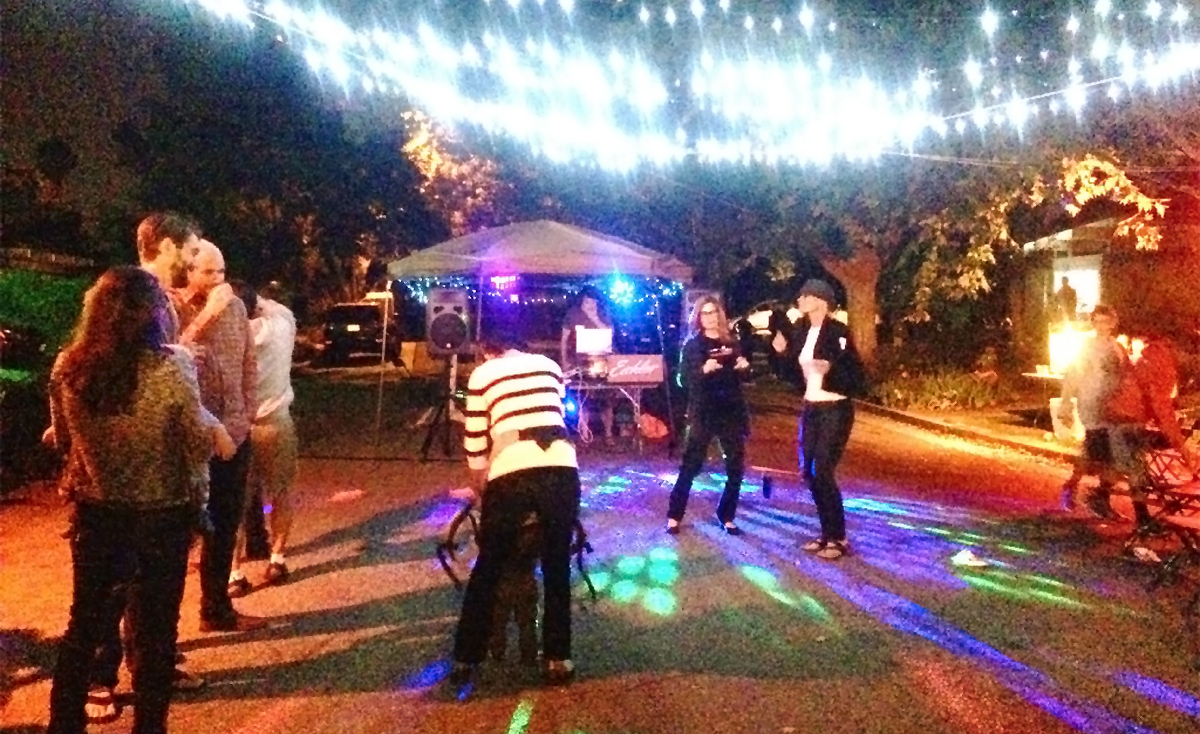 |
Many Eichler homeowners realize their homes are historic, built during the optimistic postwar boom, the work of architectural masters.
"But does my neighborhood," you may ask, "belong on the National Register of Historic Places?" And if so, "Do my neighbors and I have the wherewithal to get our neighborhood listed?"
The answers may be yes. And what’s more, says Jay Correia, a supervisor at the California Office of Historic Preservation, “we’re going to do all we can to help.”
So far, there are four Eichler tracts on the Register: Greenmeadow and Green Gables in Palo Alto, which were added in 2005; Fairglen of San Jose, in 2019; and Pomeroy Green of Santa Clara, from earlier this year.
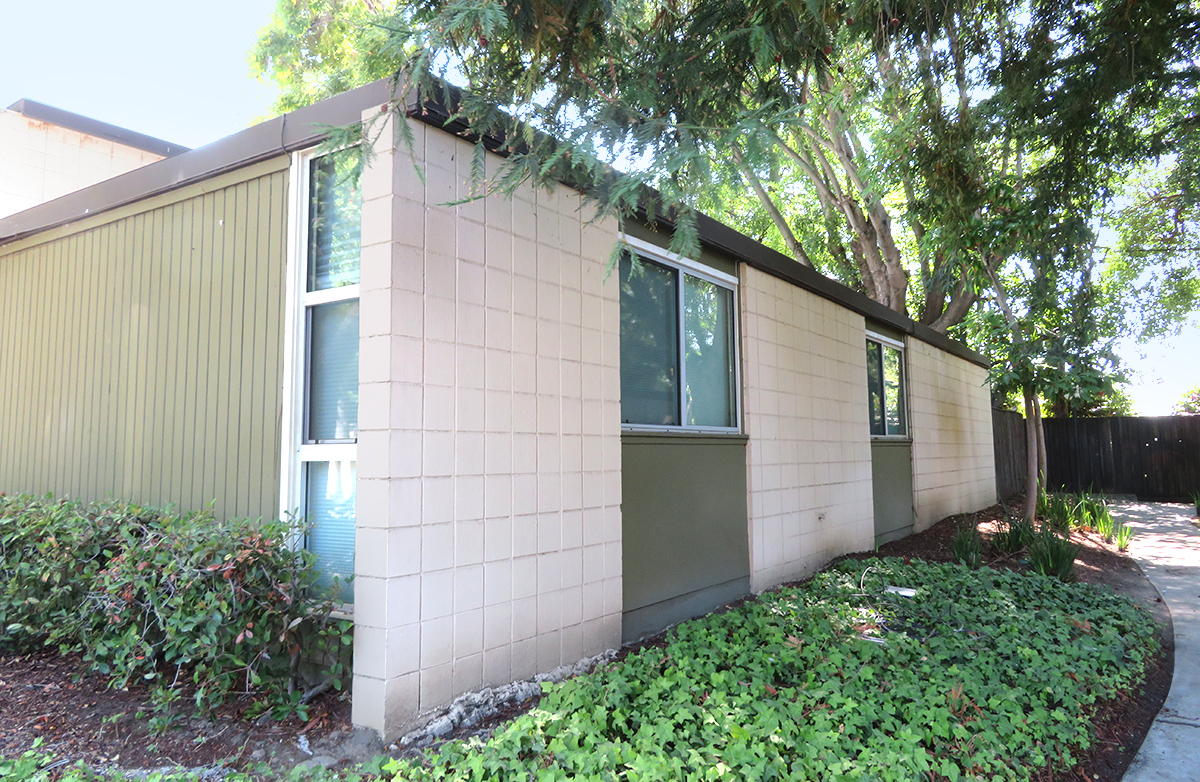 |
Eichler Network spoke to Correia to learn about the challenges that confront everyday people – as opposed to professional architectural historians – who would like to get their Eichler or Streng neighborhoods placed onto the Register. (Such placement also gets the homes onto the California Register.)
Homeowner Ken Kratz, who managed to put his Pomeroy Green townhouse development onto the Register, got pushback from the Santa Clara City Council, which argued that paid professional historians, not simply an Eichler owner, should have written the nomination.
Must nominations be written by professionals?
“Oh, absolutely not,” says Correia, who has worked for the OHP since 2008. He recalls what his first boss there, then-State Historic Preservation Officer Wayne Donaldson, told him:
“‘Don’t forget, it’s the People’s Register.’ It’s supposed to be a grassroots, ground-up program. And why? Because we look to the people to tell us what’s important in their communities.”
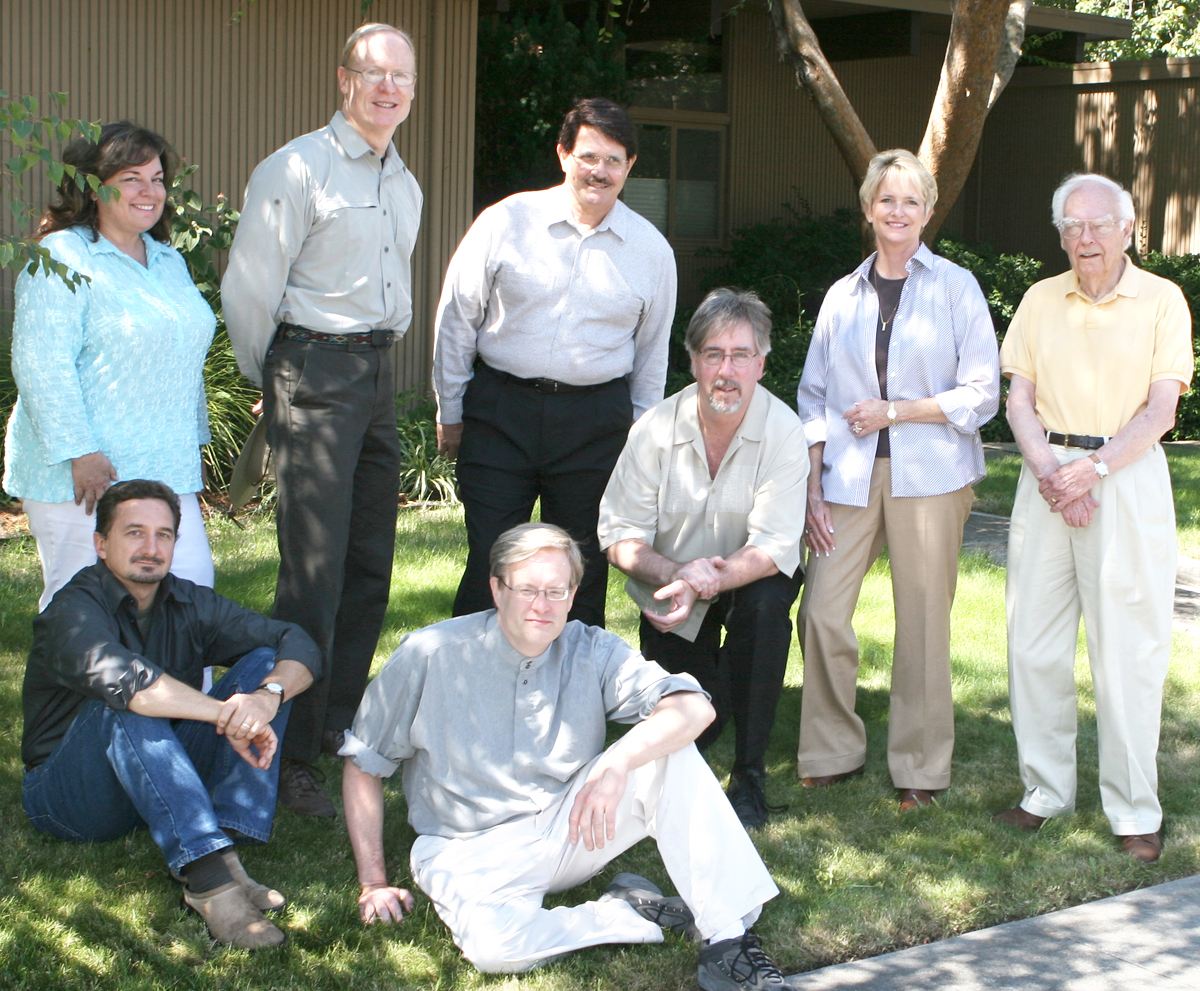 |
Being on the National Register does not ensure preservation of a neighborhood. But it can help. It remains up to local governments to decide “what they are going to do with this information” that the tract is recognized as historic by strict national criteria, Correia says.
Putting a neighborhood on the Register can seem intimidating, which is undoubtedly why so few Eichler neighborhoods (and none by the Streng Brothers) have been added so far. It’s worth noting that all of the Eichler neighborhood nominations were done by neighbors, not paid professionals.
The most important thing to understand about the nominating process is that the OHP historians who work under Correia will walk you through the process, providing explanatory documents and advice; clarify what needs to be written, and in what tone and with what specificity; then edit your nomination, and edit it again...and maybe again and again.
“The first thing I do is make sure that the property is eligible in my mind, because I don’t want people to go through a lot of work and not succeed,” Correia says.
Is the property of historic 'significance?' It doesn’t have to be nationally significant. Local is good enough.
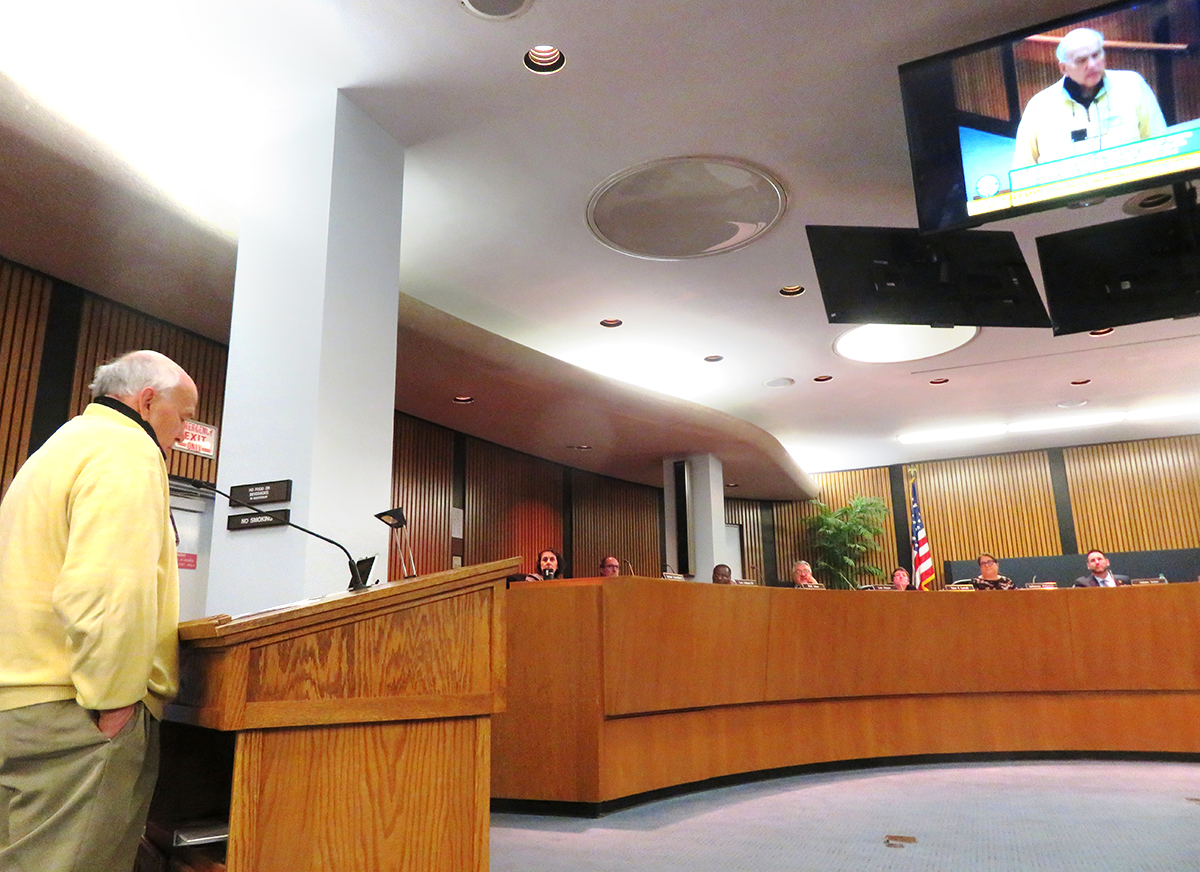 |
“The construction of any major [project] in a local locale, especially 50 or 100 years ago, was probably a pretty significant event locally, and significant to the development of the community, architecturally and socially,” Correia says.
Does the neighborhood in question still retain its historical integrity? That means, says Correia,“Does it feel like a neighborhood that was built in the 1950s, looking around without closely analyzing every single [home]? Does this feel like a Joseph Eichler neighborhood?”
Wait. Your neighborhood is in San Jose, and there is already a San Jose Eichler tract of similar vintage on the Register. Does that rule you out? Nope.
“There is no problem with having an Eichler neighborhood in San Jose, and an Eichler neighborhood in Southern California and Sacramento, and even multiple Eichler neighborhoods in a single community,” Correia says, “if you can demonstrate that each one of those was the product of, or associated with a historical event, a significant event in that community.”
Yes, the work can be daunting; and the writing must be clear, and academic in tone; and your emotions must be kept in check. But you can also cut and paste material about Eichler and mid-century modernism and the boom years from earlier documents, including one prepared for this purpose by the folks behind the Fairglen nomination, a 'multiple property submission nomination.'
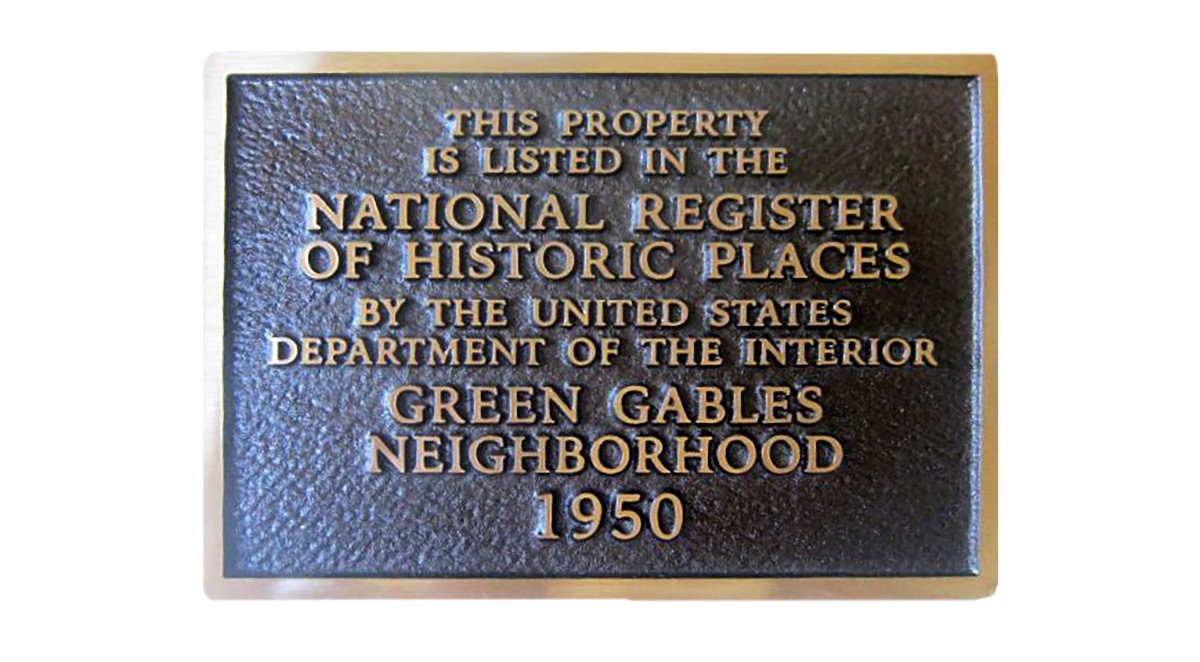 |
Correia says preservation is about more than structures. It’s about community. “Preservation in the ‘90s began to turn more towards community and how destroying historic neighborhoods, or even an individual house, can really affect a community.”
The Fairglen committee understood this when they presented their nomination to the state historic commission, which approved it.
“Do you remember the slides that were shown at the commission meeting of this [Fairglen] neighborhood?" Correia says. "They showed kids riding bikes, barbecues going, and they were all celebrating the pending nomination. It was just incredible. Don’t forget, it’s not just about the architecture. It’s about bringing these community members together.
“Oh, my gosh. It just brought tears to our eyes in the registration unit while we were watching those slides.”
Upcoming posts will focus on placing individual Eichler and Streng homes onto the National Register, and address this question: How original must a home be to be considered 'historic' and a part of a National Register district?
- ‹ previous
- 528 of 677
- next ›



